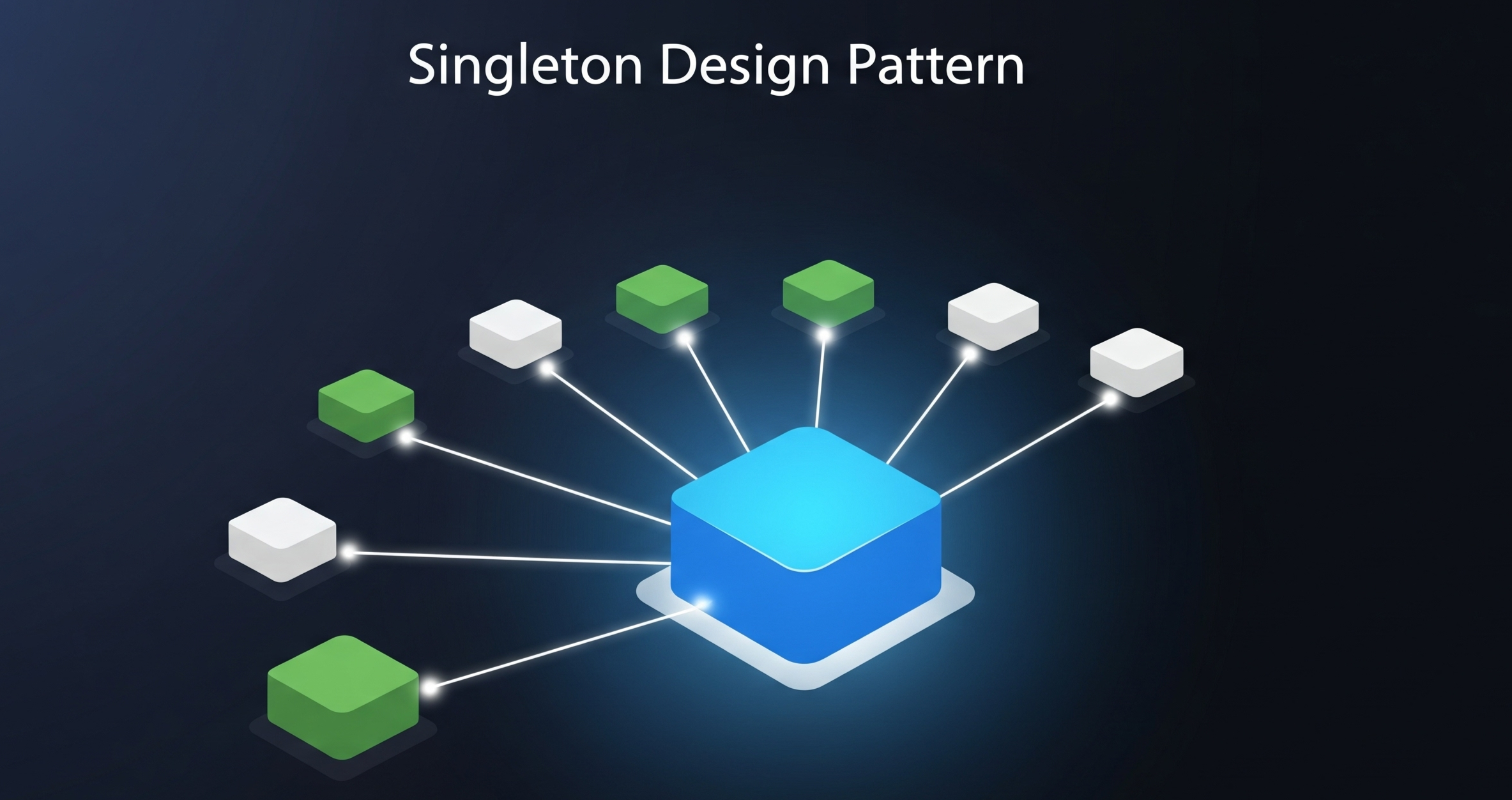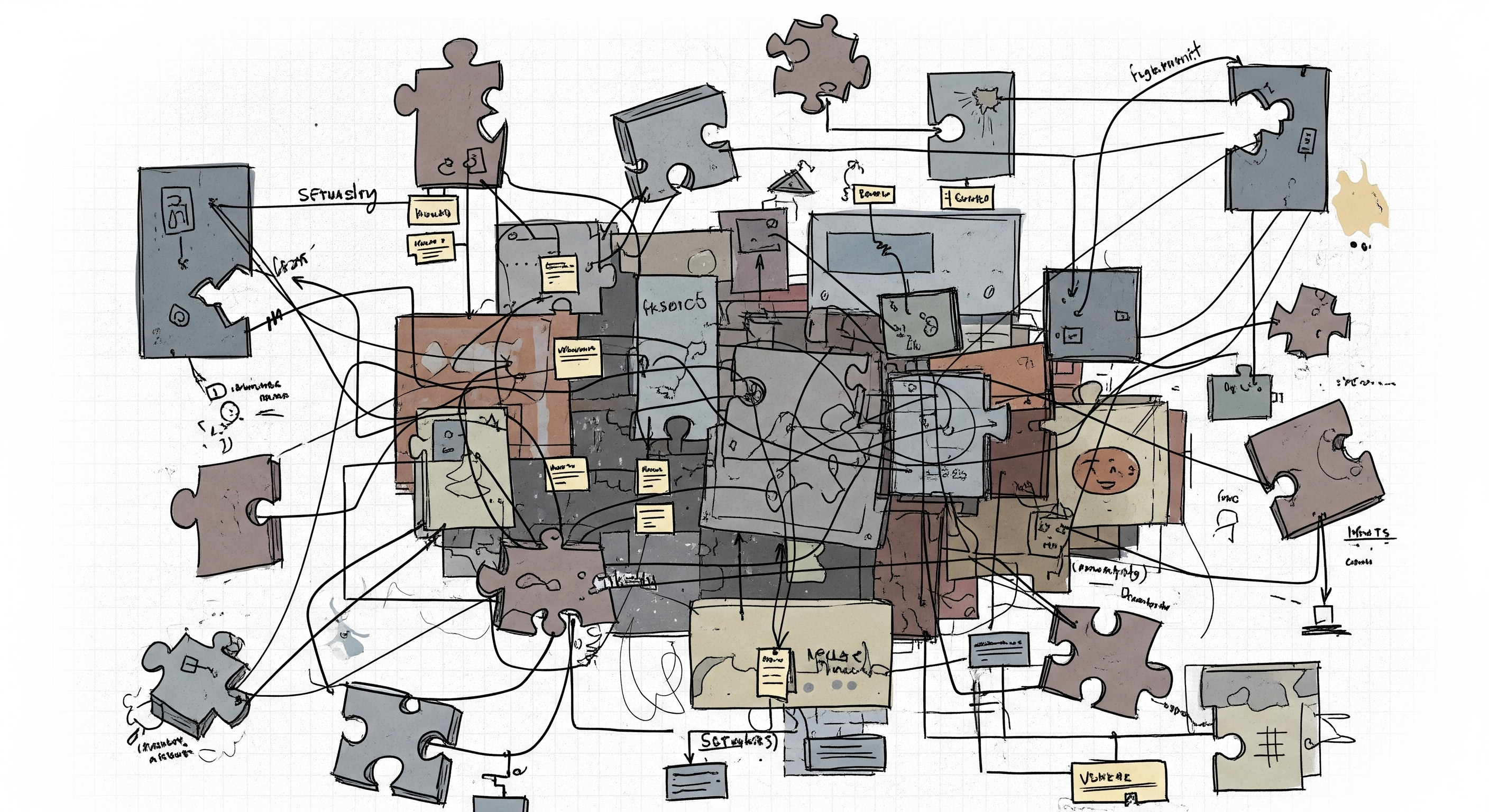✅ How You Should Architect an Application
Good architecture is the foundation of every successful application. Unlike quick hacks that only work in the short term, a well-thought-out design makes your system <strong>scalable, secure, maintainable, and resilient</strong> in the long run.
In this article, we will explore the <em>best practices</em> and guiding principles that every developer and architect should follow when designing modern software systems.
🔍 1. Start with Clear Requirements
Understand the business goals, user needs, and technical constraints before writing a single line of code. Clear requirements prevent scope creep and ensure that your architecture solves the right problem.
🧩 2. Design Modular and Layered Systems
Follow the principle of <strong>separation of concerns</strong>. Divide your application into layers (presentation, business logic, persistence) or services that have well-defined responsibilities. This makes your system easier to maintain and extend.
⚡ 3. Choose the Right Architecture Style
Monoliths, microservices, serverless — each has pros and cons. Start simple (a well-structured monolith), and only move to microservices or event-driven systems when scaling demands it.
📈 4. Plan for Scalability and Performance
Design for both vertical and horizontal scaling. Use caching (Redis, Memcached), load balancing, and database optimizations. Anticipate future growth, but don't over-engineer from day one.
🛡️ 5. Build Security In from the Start
Security is non-negotiable. Follow these practices:
- 🔑 Store secrets in a vault, never in code.
- 🔒 Use proper authentication (OAuth, JWT, SSO).
- 🛡️ Apply least privilege principles in access control.
- 🧾 Encrypt sensitive data at rest and in transit.
🔄 6. Embrace Fault Tolerance & Resilience
Failures are inevitable. Design your system to recover gracefully:
- ✅ Use retries with exponential backoff.
- ✅ Implement circuit breakers to prevent cascading failures.
- ✅ Design for high availability with redundancy.
📊 7. Ensure Observability
You can't improve what you can't measure. Make your app observable:
- 📜 Centralized logging for debugging.
- 📈 Metrics and dashboards to monitor performance.
- 🚨 Alerts to catch issues before users do.
- 🛰️ Distributed tracing for complex systems.
📚 8. Document and Communicate
Architecture is about people as much as systems. Use <strong>simple diagrams, coding standards, and ADRs (Architecture Decision Records)</strong> to align your team. Good communication prevents misalignment and wasted effort.
⚖️ 9. Balance Simplicity and Flexibility
The best architecture is <strong>as simple as possible</strong>, but <strong>flexible enough to grow</strong>. Avoid both extremes of under-design (tech debt) and over-engineering (complexity debt).
🌍 10. Think About Deployment & DevOps Early
Your architecture doesn't end with code. CI/CD pipelines, infrastructure as code, and automated testing ensure smooth deployments and faster iteration cycles.
🧩 Why This Matters
A well-architected system accelerates development, reduces costs, and creates a better user experience. It also gives your team confidence to move fast without breaking things.
🌟 Final Thoughts
Architecting an application is about making <strong>thoughtful trade-offs</strong>. By focusing on clarity, modularity, scalability, security, and observability, you'll build systems that stand the test of time.
"Good architecture is invisible — it just works and lets you focus on delivering value."



